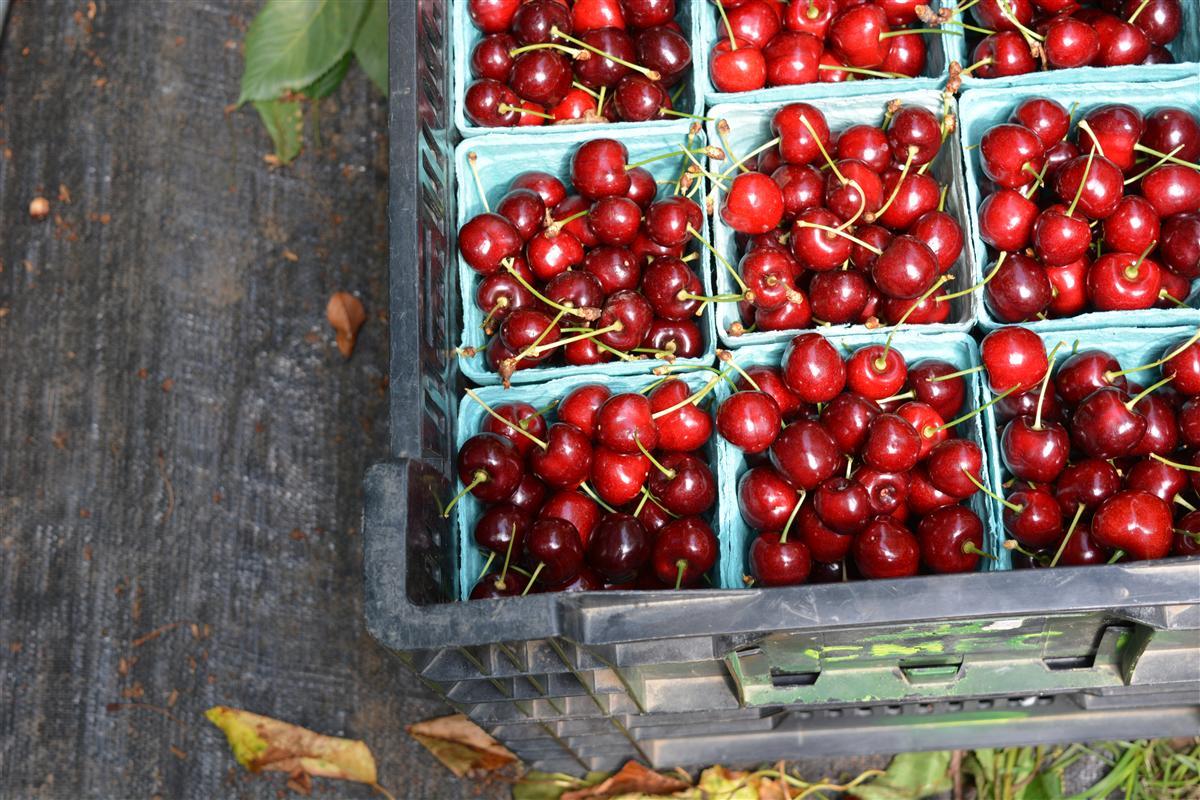Cherry Rootstock and Pollination Information
Cherry Rootstocks
GISELA #5 DWARF
The growth habit on this rootstock is more spreading than upright, a desirable trait for cherries. Anchorage is fair, so staking young trees is a necessity. Remember the stake is extremely valuable for tying up branches at young age that are laden with fruit. 10′ spacing. Properly maintained sweet cherries can easily be kept under 9′-10′, and tart cherries under 8′. Also suitable for trellis training, including UFO Cherry Systems.
KRYMSK 6
Sweet cherries grown on Krymsk 6 will be slightly larger than Gisela 5 with slightly better anchorage and a good tolerance of a wide range of soil types. Free standing trees can be managed at 10′-12′. Spreading habit makes training easy and it can be used for UFO Cherry Systems. Tart cherries are incompatible with Krymsk 6.
MAZZARD
A semi-dwarf rootstock that is somewhat tolerant of heavy or wet soils. Vigorous sweet cherries on Mazzard will become large trees if not pruned. Well anchored, so only initial staking needed. Properly maintained trees can be kept to 15′-18′. Limited varieties available.
Cherry Pollination
Nothing says summer like fresh cherries from the tree, or a delicious cherry pie!
Many sweet cherries are self-fertile, but a few do need pollinizers. If your chosen variety needs a pollinizer, almost any other sweet cherry will work, with the exception of Black Gold, which blooms later than most sweet cherry varieties. Tart cherries are self-fertile, but bloom later than most sweet cherry varieties so don’t work well as pollinizers.
Cherry trees are only shipped while dormant, from February through late March or early April. They are available for pickup from February through late November.

